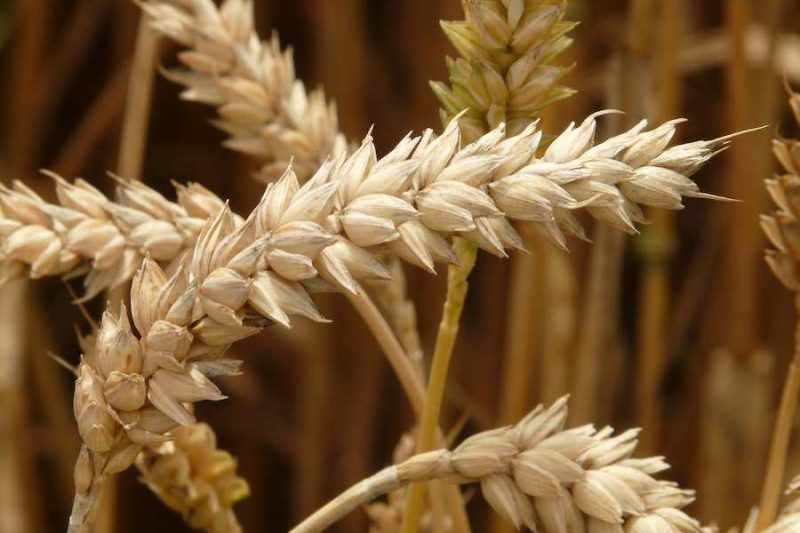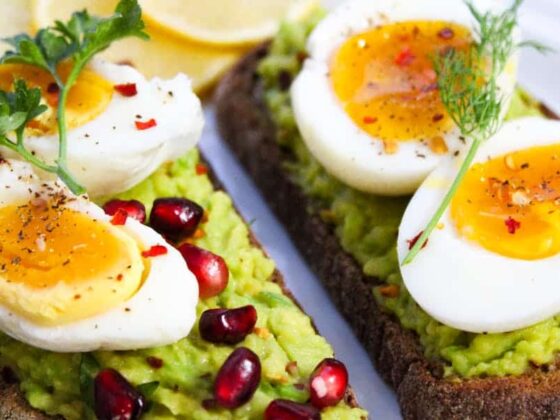In the world of breakfast cereals, Mini wheat is often seen as a healthier option. But are they really all they’re cracked up to be? Many consumers are surprised to find out that the answer isn’t as straightforward as one might think. Mini Wheats are often marketed as a nutritious and wholesome cereal, but when you look at their nutritional facts, you may be surprised to find out that they’re not as healthy as advertised. In this article, we’ll take a closer look at Mini Wheats and uncover the truth about how healthy they really are. We’ll explore their ingredients, nutrition facts, and the health benefits (or lack thereof) of eating Mini Wheats for breakfast. So if you’re curious to learn more about Mini Wheats and whether or not they’re a good choice for your morning meal, read on!
Are Mini Wheats Healthy?
Yes, mini wheat can be a healthy part of your diet. The main benefit of eating mini wheat is that they contain whole grains, which are an important part of a healthy diet. Whole grains are packed with essential nutrients like B vitamins, iron, magnesium, and fiber. Eating whole grains can help lower cholesterol, reduce the risk of heart disease and stroke, and help control blood sugar levels.
Overview Of Mini-Wheats
- Mini Wheats are a brand of ready-to-eat cold breakfast cereal. They’re also considered baked products and are made with wheat flour as well as several other ingredients, including sugar, salt, and various flavorings.
- There are several different varieties of Mini Wheats, including Frosted, Frosted Blueberries, Honey Nut, and Cinnamon Curl.
- They come in a variety of box sizes, including single-serve, family-size, and multi-pack options. Mini Wheats are perfect for making a quick and easy breakfast.
- They can be eaten cold or used to make a variety of different hot cereals. They can also be added to a variety of different recipes such as cookies, muffins, and casseroles.
Ingredients Of Mini Wheats
- Mini Wheats are certainly a wheaty cereal, but what other ingredients are included in their recipe? Here are a few of the most important ingredients in Mini Wheats: Wheat Bran: Wheat bran is the outer layer of a wheat kernel. It’s made up primarily of fiber and is rich in minerals, vitamins, and antioxidants.
- Although it’s mostly healthy, wheat bran also contains a large amount of phytic acid, which can inhibit the absorption of certain nutrients. Wheat Flour: Wheat flour is ground wheat that can be made into many different baked goods such as bread, cookies, biscuits, and pasta.
- Wheat flour is high in protein, but it also contains gluten, which is not suitable for individuals who are gluten-sensitive or gluten-intolerant. Sugar: Sugar is refined from the juice of various plants such as sugar cane and beets. It’s commonly used in baking, cooking, and a variety of different processed foods. It’s also a major source of added calories in many people’s diets.
Nutritional Facts Of Mini Wheats
- So what are the nutritional facts of Mini Wheats? Here’s a breakdown of their most important nutrients: Fat: Mini Wheats contain a moderate amount of fat. Two tablespoons of Mini Wheats contain 2 grams of fat, which is around 10% of the daily recommended intake for most adults.
- Saturated Fat: Mini Wheats have a small amount of saturated fat, which is mainly found in animal products, such as dairy and meat. One serving (about 33 grams) of Mini Wheats only contains 1 gram of saturated fat, which is around 6% of the daily recommended intake.
- Carbohydrates: Mini Wheat is high in carbohydrates and provides about 14% of the daily recommended intake per serving. Protein: Mini Wheats are low in protein and provide about 1% of the daily recommended intake per serving. Fibre: Mini Wheats are high in fiber, which is beneficial for gut health, and provide about 9% of the daily recommended intake per serving.
- Sodium: Mini Wheat is low in sodium, which is a major mineral that’s important for maintaining blood pressure and fluid balance. One serving of Mini Wheats only contains 2% of the daily recommended intake.
- Potassium: Mini Wheat is high in potassium, which is an essential electrolyte that’s important for regulating blood pressure and fluid balance. One serving of Mini Wheats provides 10% of the daily recommended intake. Iron: Mini Wheat is low in iron, which is a mineral that’s important for the production of red blood cells. One serving only provides 2% of the daily recommended intake.
- Calories: Mini Wheat provide about 322 calories per serving, which is about 15% of the daily recommended intake for most adults.
Health Benefits Of Mini Wheats
- Let’s take a closer look at some of the most important health benefits of baking and eating Mini Wheats. Here are some of the top reasons you should consider eating Mini Wheats for breakfast:
- Low in fat – Mini-Wheats contain a small amount of fat, which is especially important if you’re trying to lose weight or maintain a healthy diet. Significant portions of your daily fat intake should come from healthy fats, such as those found in nuts, seeds, fish, and certain oils.
- High in fiber – Since Mini Wheats are high in fiber, they provide a feeling of fullness and can help you eat less in the long run. High-fiber foods are also beneficial for digestive health.
- Wide variety of nutrients – Mini Wheats are rich in many different vitamins and minerals. They provide a good source of iron, which is important for maintaining healthy red blood cells.
Potential Health Risks Of Mini Wheats
- Not everything is perfect in the world of Mini-Wheats. Although they’re certainly not the worst breakfast cereal out there, they do have many potential health risks that consumers should be aware of. Let’s take a look at some of the most important health risks of eating Mini Wheats. Here are some potential health risks of eating Mini Wheats: High in refined carbohydrates – Mini Wheats are high in carbohydrates and mainly made from refined wheat flour.
- While a moderate amount of carbohydrates can be helpful for most people, eating too many can lead to unwanted weight gain.
- Low in protein – Mini Wheats are low in protein, which is important for building muscle and maintaining proper metabolism.
- High in sugar – Mini Wheats are high in sugar, which can lead to unwanted weight gain and tooth decay if consumed in excess.
- Low in iron – Mini Wheats are low in iron, which is important for maintaining healthy blood cells.
Alternatives To Mini Wheat
- But what if Mini Wheats aren’t right for you? Are there other breakfast cereals that are healthier? Let’s take a look at some healthier alternatives to Mini Wheats. Here are some healthier alternatives to Mini Wheats:
- Old-Fashioned Oats – Oats are a wholesome, hearty, and nutritious breakfast cereal that’s perfect for any time of the day. They’re rich in fiber and can be served in many different ways.
- Whole Wheat Bread – Bread is a breakfast staple that’s perfect for topping with sweet and savory toppings. Whole wheat bread is a healthier alternative to regular white bread and can be served with a variety of different toppings.
- Whole Wheat Sprinkles – If you’re craving the crunch of Mini Wheats but want a healthier option, consider switching to whole wheat sprinkles. They’re just as tasty and much healthier.
Conclusion
Mini Wheats are a popular brand of cold breakfast cereal. They’re made of wheat bran, wheat flour, and sugar, as well as a variety of other ingredients. Although Mini Wheats are marketed as a healthier alternative, they’re not as nutritious as some other breakfast cereals. However, they do provide a good source of fiber, iron, and other important vitamins and minerals. Whether or not Mini Wheats is right for you depends on your dietary needs.










